The term “Molly” refers to several different species of fishes in the taxonomic genus Poecilia. Researchers currently recognize at least 40 different species. However, when most people refer to mollies, they mean the common species, or Poecilia sphenops. For this reason, we will focus primarily on the common species. Read on to learn about the Molly.
Description of the Molly
In the wild, this species has a dull silvery appearance. However, breeders have cultivated a number of different color and shape varieties. You can find them in yellow, orange, black, white, spotted, and even “balloon” with abnormally rotund bodies.
Males of this species do not reach quite the same size as the females. The males grow to about 8 cm long, while the females reach 12 cm in length.
Interesting Facts About the Molly
This species is a popular pet in home aquariums. Learn what makes them so intriguing, below.
- Feeder Fish – Though many people keep these little fish as pets, some also use them as food for larger fish. This species breeds prolifically and grows quickly, which makes them a good choice as a feeder fish.
- Family Matters – This species shares a family with some other common pet species. The Poeciliidae family contains swordtails, platys, and guppies.
- Lyretail – One unique variety of this fish is the lyretail. Through selective breeding, this fish developed a beautiful elongated tail fin. The tips of the fin extend much farther than in typical individuals.
- Balloon – This odd variety developed through selective breeding of a mutation. These fish have a mutation along their spine that causes the strange, balloon-like shape.
Habitat of the Molly
Though this species prefers freshwater habitats, it can also survive in brackish water and saltwater habitats as well. It lives primarily in streams, rivers, mangroves, small pools, lagoons, wetlands, and coastal regions.
People also keep these fish quite successfully in home aquariums. They thrive in freshwater habitats, and coexist with a number of different fish species.
Distribution of the Molly
In the wild, these little fish live in Mexico and into a few regions of Central America. On the Gulf coast their range extends from Tuxpan to Coatzacoalcos. It also extends across the mainland to the Pacific coast, from Ometepec to Guatemala.
Outside of their natural range, humans keep this species in home aquariums virtually worldwide.
Diet of the Molly
Considering their size, it should come as no surprise that this fish feeds primarily on small bits of food. It eats worms, plankton, algae, larval insects, and bits of floating edible debris known as detritus.
In an aquarium setting, people feed this fish commercially produced fish foods. Many people also occasionally provide bloodworms.
Molly and Human Interaction
Humans interact with these creatures quite frequently. In the wild, human activity such as habitat destruction causes some harm. However, the IUCN lists this species as Least Concern.
Through selective breeding, humans have also altered the appearance of this fish. Because of this interaction, individuals in the wild have significantly different appearances that those in aquariums.
Domestication
No, humans have not domesticated this fish species.
Does the Molly Make a Good Pet
Yes, these little creatures do make good pets. However, it is important to remember that you should never purchase any animal that has been captured from the wild. They could spread disease to your other fish, and their collection can drive population decline.
Molly Care
It is generally easy for you to care for these creatures. Their small size makes them easy to house, as you do not need extensively large tanks. Because they are social fish, you should keep a small school rather than a single individual.
Carefully choose any tank mates of other species, as males sometimes exhibit aggressive behavior. You can feed them commercially produced fish foods.
Behavior of the Molly
These fish live in groups known as schools. Schools of mollies swim along near the surface of the water in search of food. When threatened, they seek the protection of underwater vegetation. The females generally show placid behavior, but the males sometimes act aggressively toward other fish.
Reproduction of the Molly
When it comes time to breed, females frequently select the largest males. The female retains the eggs inside her body, and gives “live” birth. It takes between 35 and 45 days for the female to give birth.
The number of offspring depends on the size and age of the female. A large female can produce 100 young or more.




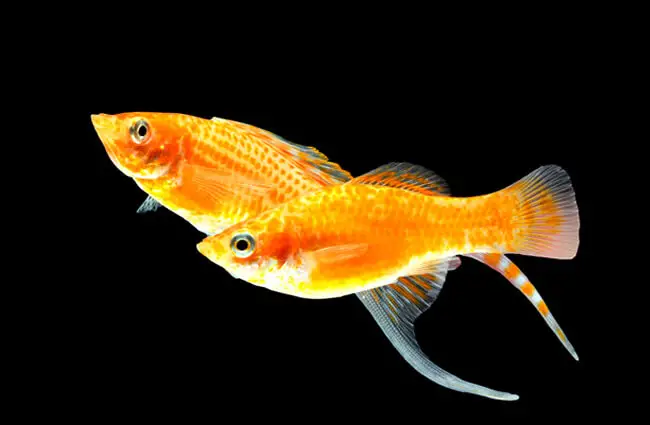
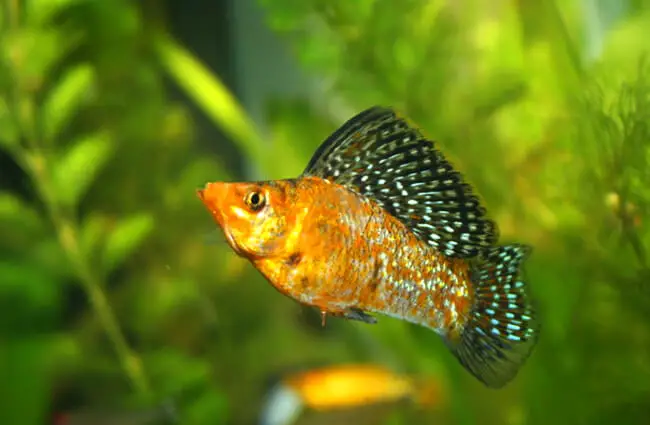
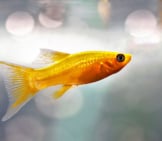


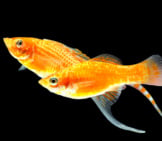
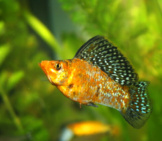
![Red Angus Closeup of a beautiful Red Angus cowPhoto by: U.S. Department of Agriculture [pubic domain]https://creativecommons.org/licenses/by/2.0/](https://animals.net/wp-content/uploads/2020/03/Red-Angus-4-238x178.jpg)












![Red Angus Closeup of a beautiful Red Angus cowPhoto by: U.S. Department of Agriculture [pubic domain]https://creativecommons.org/licenses/by/2.0/](https://animals.net/wp-content/uploads/2020/03/Red-Angus-4-100x75.jpg)

